Environmental laws at Somalia
Somalia, located in the Horn of Africa, is facing significant environmental challenges due to its vulnerability to climate change, deforestation, land degradation, and water scarcity. Despite these challenges, Somalia has made some strides in developing an environmental legal framework to address these issues, though enforcement remains a significant challenge due to political instability and limited resources.
Here’s an overview of the key environmental laws, regulations, and initiatives in Somalia:
1. The Constitution of Somalia (2012)
Purpose: The Constitution of Somalia establishes the foundation for environmental protection by recognizing the importance of sustainable development and the conservation of natural resources.
Key Provisions:
Article 27 of the Constitution guarantees the right to a healthy environment and emphasizes the duty of the government to protect the environment for future generations.
The Constitution mandates that the state take measures to conserve and manage natural resources sustainably and protects land, water, and biodiversity from harmful practices.
2. The National Environmental Policy (2017)
Purpose: The National Environmental Policy (NEP) was developed to provide a strategic framework for managing Somalia’s natural resources, addressing environmental degradation, and promoting sustainable development.
Key Provisions:
The NEP emphasizes the importance of environmental protection in achieving sustainable economic development and poverty reduction.
It outlines national priorities for the conservation of biodiversity, the management of natural resources (land, water, forests), and the mitigation of climate change impacts.
The policy promotes the creation of protected areas, sustainable management of natural resources, and improved public awareness of environmental issues.
3. Environmental Protection and Natural Resource Management Law
Purpose: This law is designed to regulate the use and protection of natural resources and establish a framework for environmental governance in Somalia.
Key Provisions:
The law covers a wide range of environmental issues, including air and water pollution, deforestation, and land degradation.
It establishes guidelines for sustainable resource management, particularly in the areas of forestry, wildlife, and fisheries.
The law mandates the preparation of environmental impact assessments (EIAs) for large development projects to ensure that they do not harm the environment.
This law also addresses the establishment of national parks and protected areas for wildlife conservation and promotes the sustainable use of natural resources.
4. The Forests and Wildlife Law
Purpose: Somalia’s forests and wildlife law focuses on protecting the country’s forests, combating deforestation, and conserving biodiversity, particularly endangered species.
Key Provisions:
The law regulates the cutting and utilization of timber and forest products, emphasizing the need for sustainable forest management.
It encourages reforestation and afforestation projects to combat desertification and protect fragile ecosystems.
The law also protects wildlife, especially endangered species, and establishes penalties for poaching and illegal hunting.
The law provides for the establishment of wildlife reserves and national parks to conserve Somalia’s biodiversity.
5. The Fisheries Law
Purpose: Somalia's fisheries law regulates the sustainable use of marine resources, focusing on the protection of fish stocks and the conservation of marine biodiversity.
Key Provisions:
The law provides guidelines for the regulation of commercial and artisanal fishing, ensuring sustainable practices that do not deplete marine resources.
It prohibits overfishing and implements seasonal fishing bans to allow fish populations to recover.
The law also tackles illegal, unreported, and unregulated (IUU) fishing activities, especially by foreign fishing vessels, and works to ensure that Somalia's territorial waters are managed responsibly.
It emphasizes the protection of marine ecosystems, including coral reefs, seagrasses, and mangroves.
6. The Environmental Impact Assessment (EIA) Regulation
Purpose: This regulation requires that development projects undergo an environmental impact assessment to ensure that they do not cause significant harm to the environment.
Key Provisions:
The EIA regulation mandates that certain development projects (e.g., infrastructure, large-scale agriculture, and industrial activities) assess their environmental impacts before approval.
It ensures that environmental risks, such as land degradation, water pollution, and habitat destruction, are considered during the planning stages of a project.
The regulation encourages the implementation of mitigation measures to reduce the adverse environmental effects of development activities.
7. The Water Resources Law
Purpose: Somalia’s water resources law addresses the management, conservation, and sustainable use of water resources, a critical issue for the country, which is prone to droughts and water scarcity.
Key Provisions:
The law regulates the allocation and use of water resources for agricultural, industrial, and domestic purposes.
It aims to ensure equitable access to water resources while promoting water conservation and efficient use.
The law also focuses on the protection of water quality, preventing pollution of rivers, lakes, and groundwater.
It supports the development of water infrastructure, such as wells, dams, and irrigation systems, to increase water availability for rural communities.
8. The Climate Change Policy and Action Plan (under development)
Purpose: Somalia is working on a comprehensive climate change policy to address the impacts of climate change, particularly in relation to its vulnerability to droughts, floods, and desertification.
Key Provisions:
The policy focuses on climate adaptation strategies, including drought-resistant agriculture, water management, and disaster risk reduction.
It aims to increase the country’s resilience to climate impacts by promoting climate-smart agriculture and building infrastructure that can withstand extreme weather events.
The policy also seeks to reduce greenhouse gas emissions by promoting the use of renewable energy sources and sustainable land-use practices.
The action plan includes measures to increase public awareness about climate change and mobilize resources for climate adaptation.
9. International Agreements and Commitments
Purpose: Somalia is a party to several international environmental conventions and agreements that guide the country's environmental policy and actions.
Key Provisions:
The United Nations Framework Convention on Climate Change (UNFCCC): Somalia has committed to climate action by ratifying the Paris Agreement and setting targets for reducing greenhouse gas emissions and improving climate resilience.
The Convention on Biological Diversity (CBD): Somalia is working to implement the CBD’s objectives, including the conservation of biodiversity, sustainable use of resources, and equitable sharing of benefits from genetic resources.
The Convention to Combat Desertification (UNCCD): Somalia has made commitments to combat desertification and land degradation, particularly in arid and semi-arid areas, by promoting sustainable land management and reforestation efforts.
10. Environmental Governance and Enforcement Challenges
Purpose: While Somalia has developed a legal framework for environmental protection, enforcement remains a challenge due to political instability, a lack of institutional capacity, and limited financial resources.
Key Issues:
The lack of a centralized, functional environmental agency has hindered effective monitoring and enforcement of environmental laws.
Illegal logging, overgrazing, and poaching remain widespread due to weak enforcement mechanisms.
Climate change impacts, such as droughts, floods, and the spread of desertification, further complicate the implementation of environmental policies.
Inadequate public awareness and involvement in environmental issues contribute to non-compliance with environmental laws.
Conclusion
Somalia has made progress in developing environmental laws and policies, with a focus on resource management, conservation, and climate change adaptation. However, enforcement remains a significant challenge due to political instability, resource constraints, and weak institutional capacity. Despite these obstacles, there is growing recognition of the importance of environmental sustainability in Somalia’s long-term development and resilience. Addressing environmental degradation and climate change impacts, particularly in rural areas, is crucial for the country’s future prosperity. Strengthening environmental governance and capacity-building efforts will be key to overcoming these challenges and ensuring the sustainable management of Somalia’s natural resources.







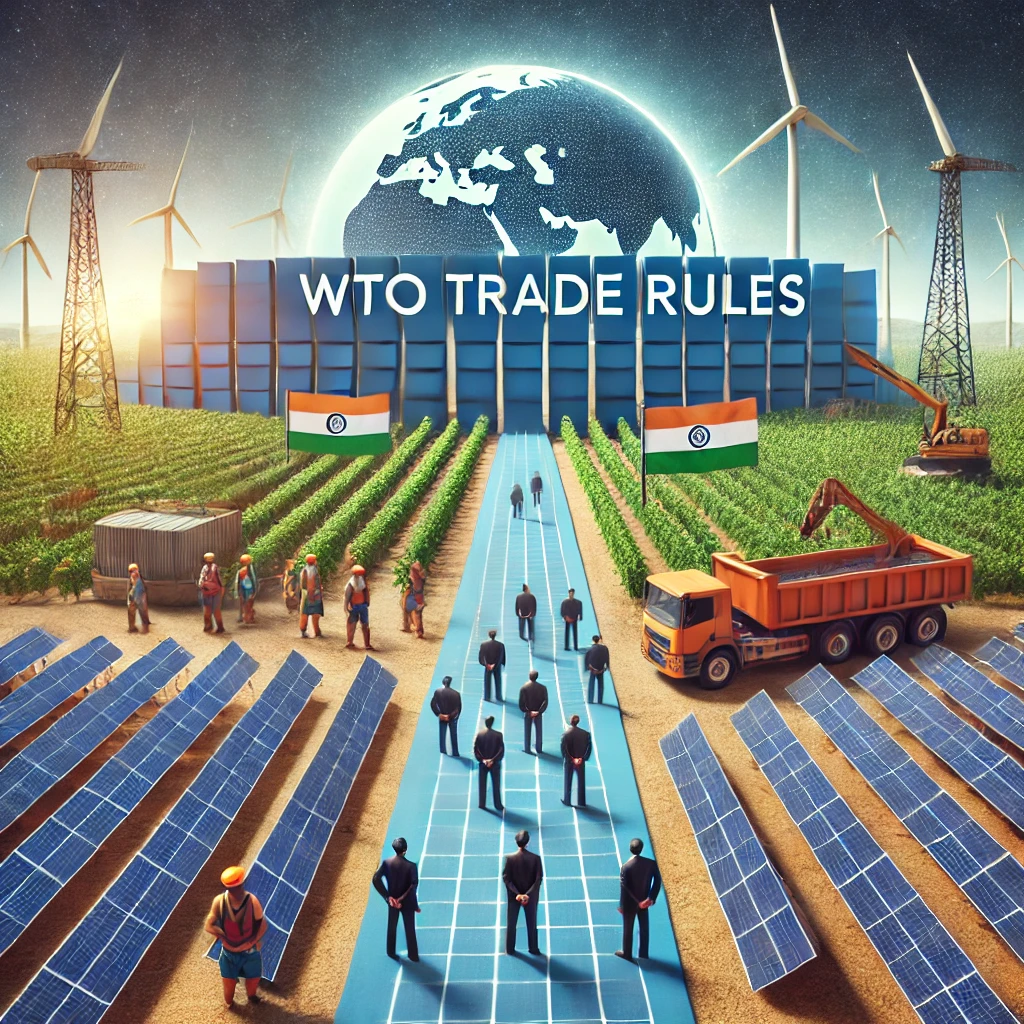
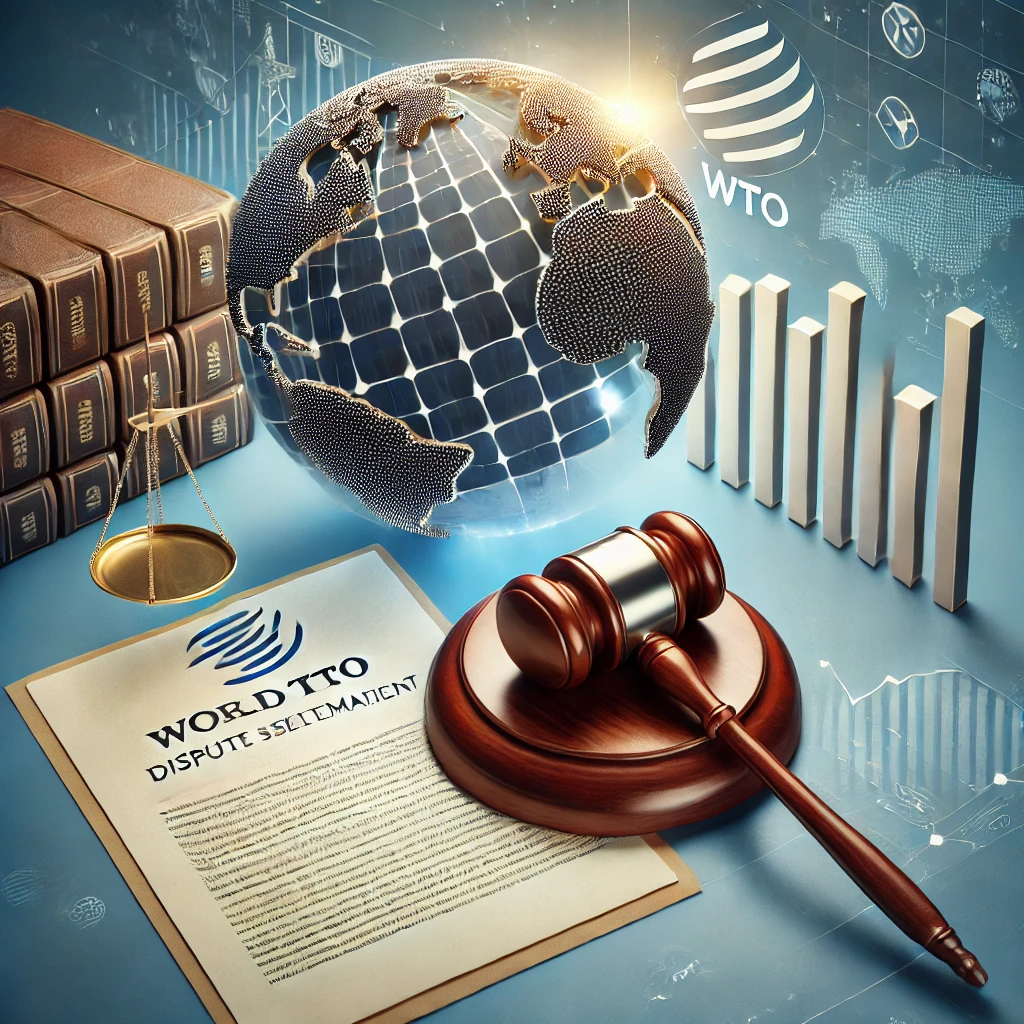

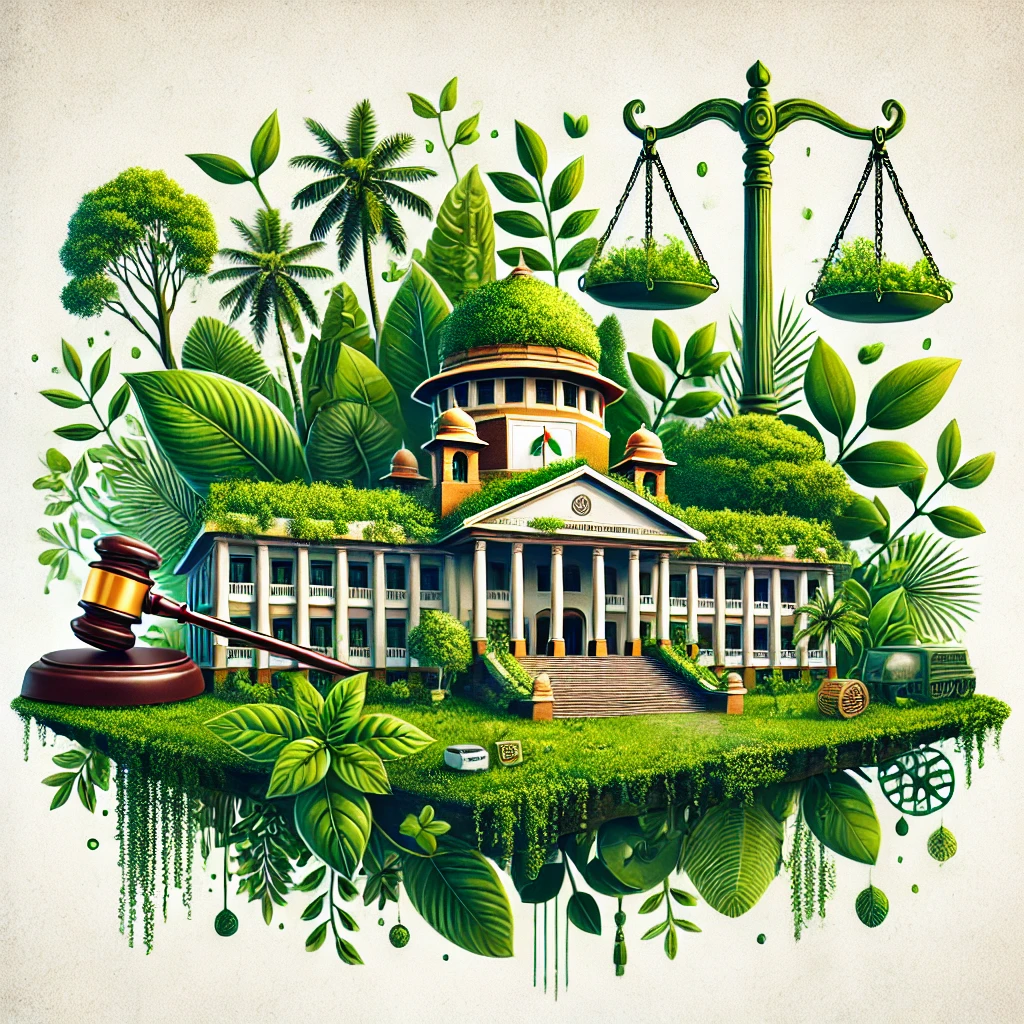


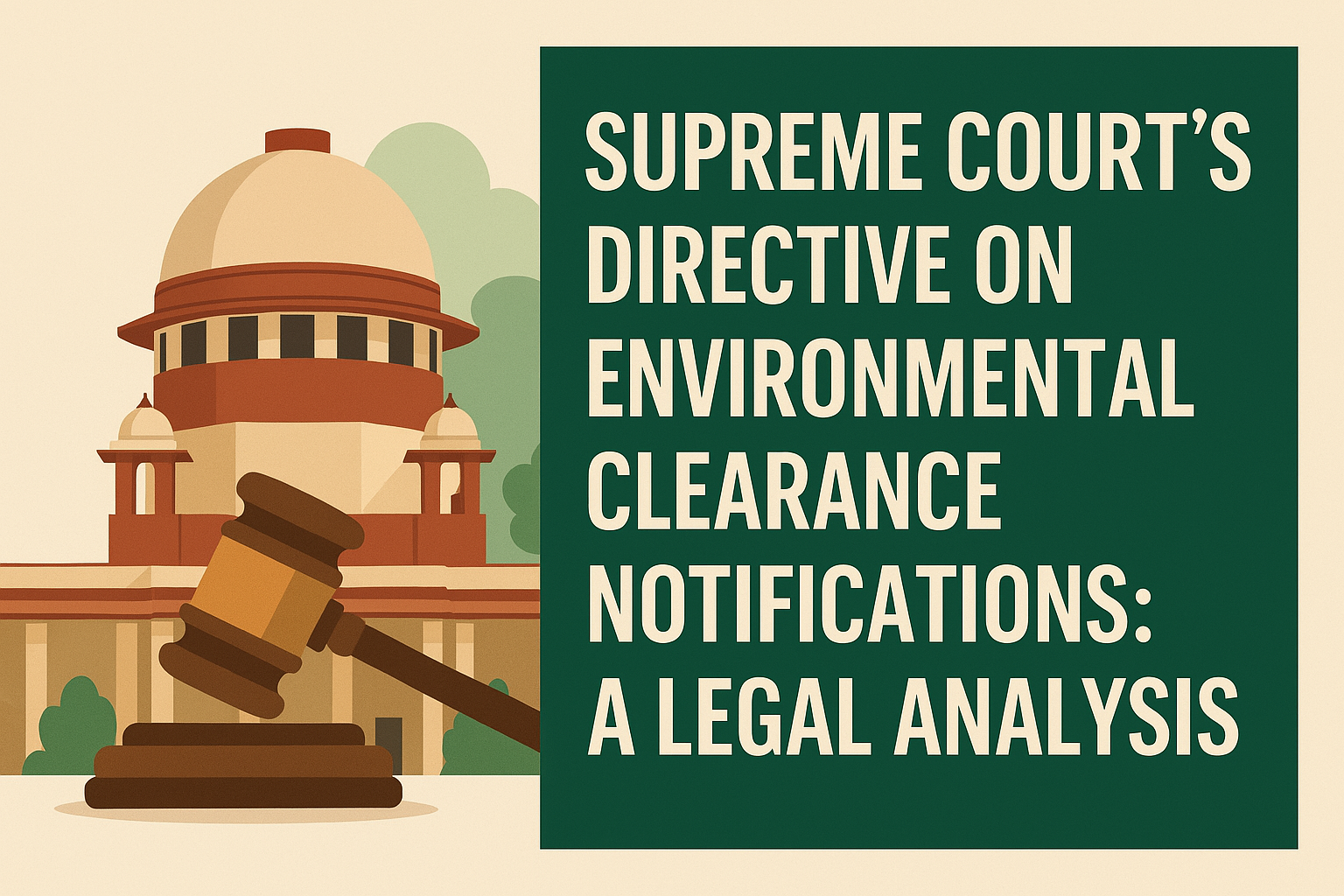
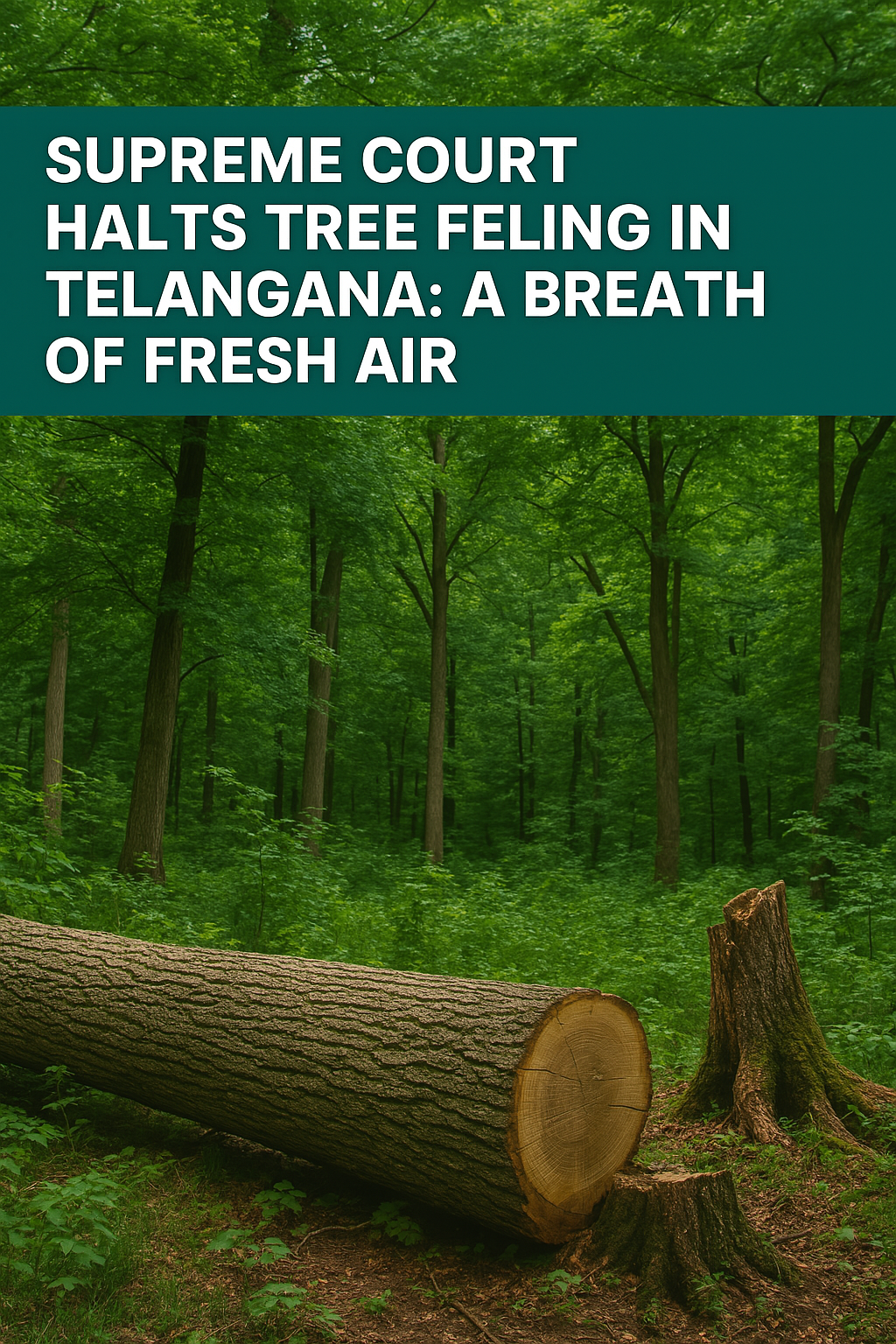

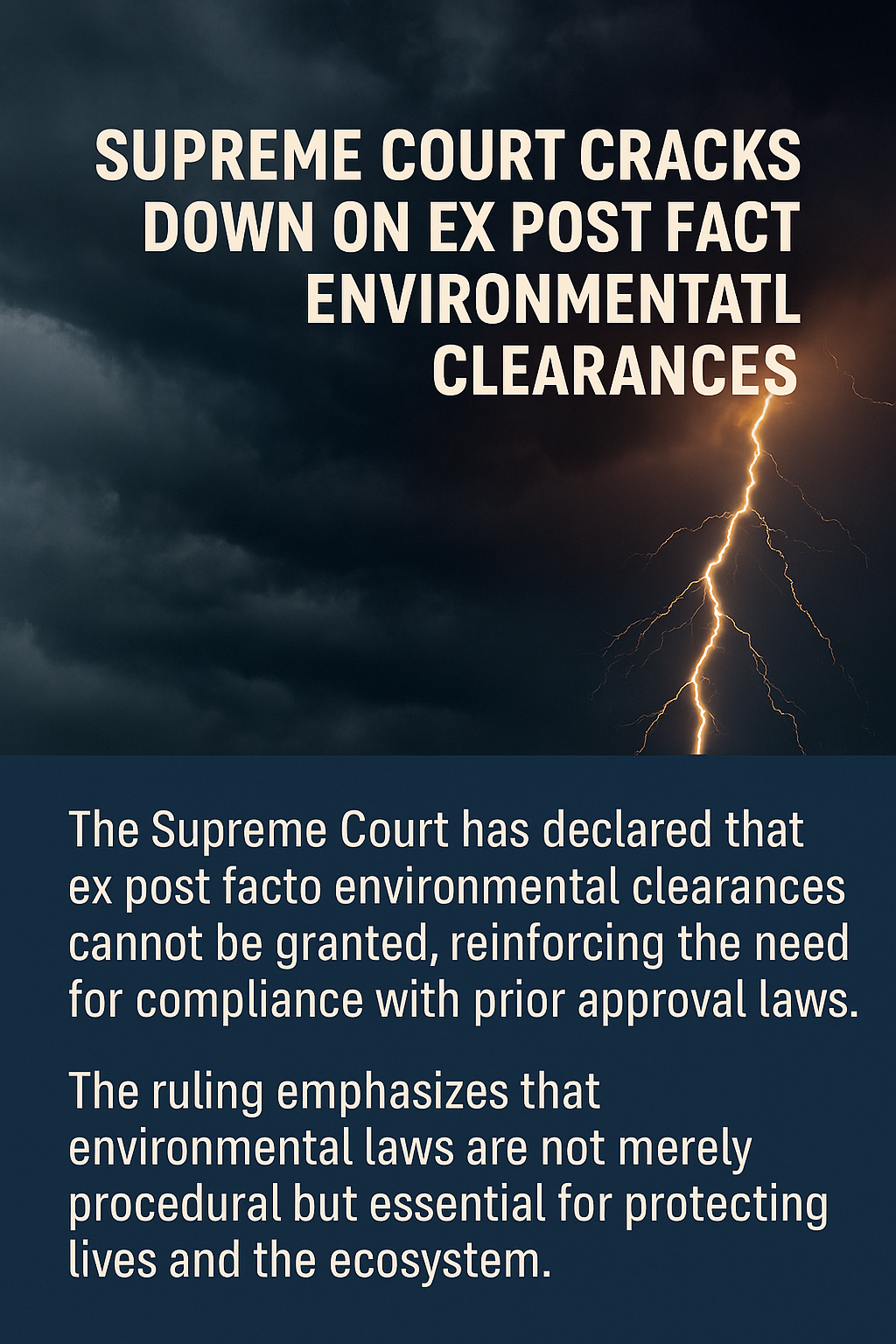
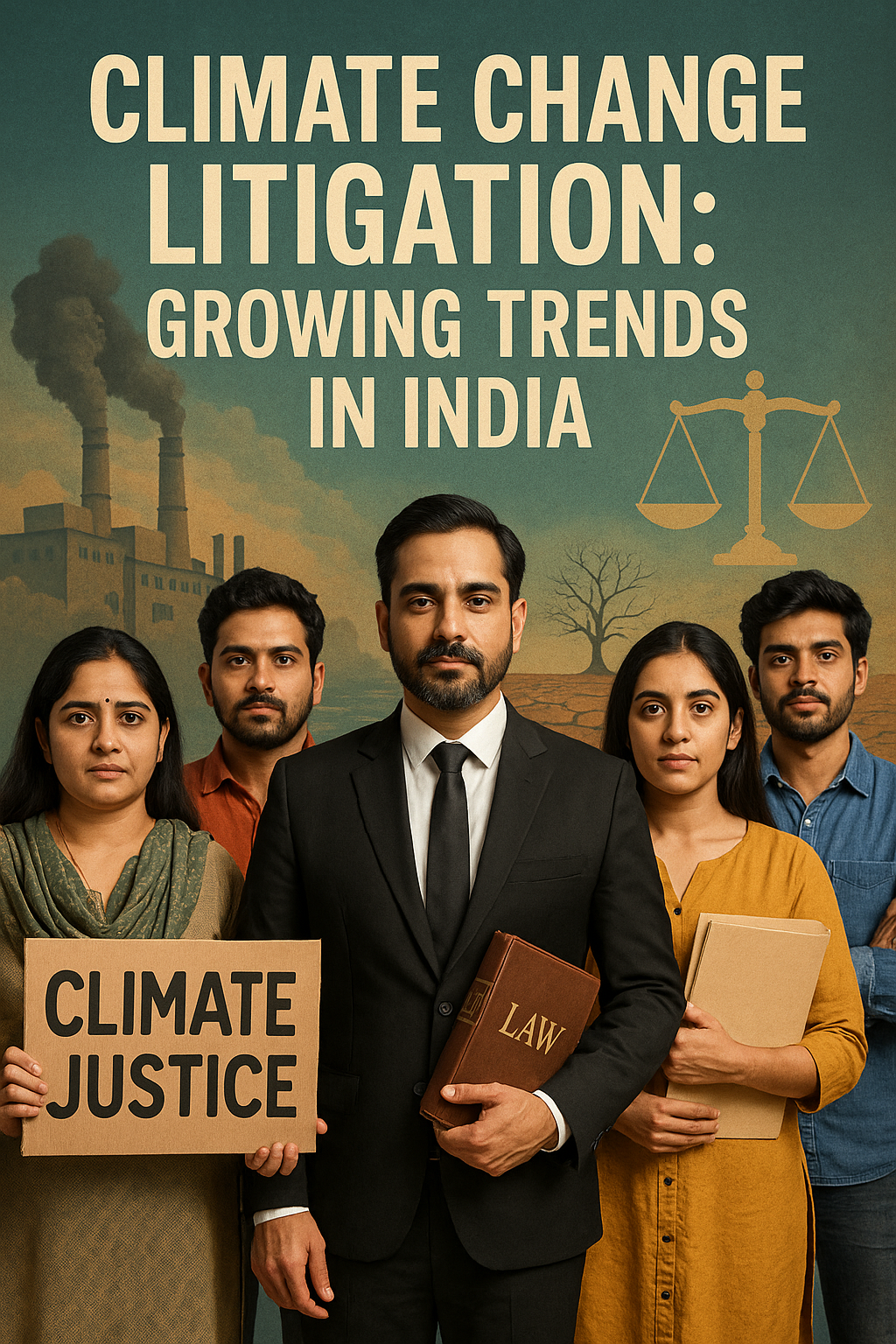
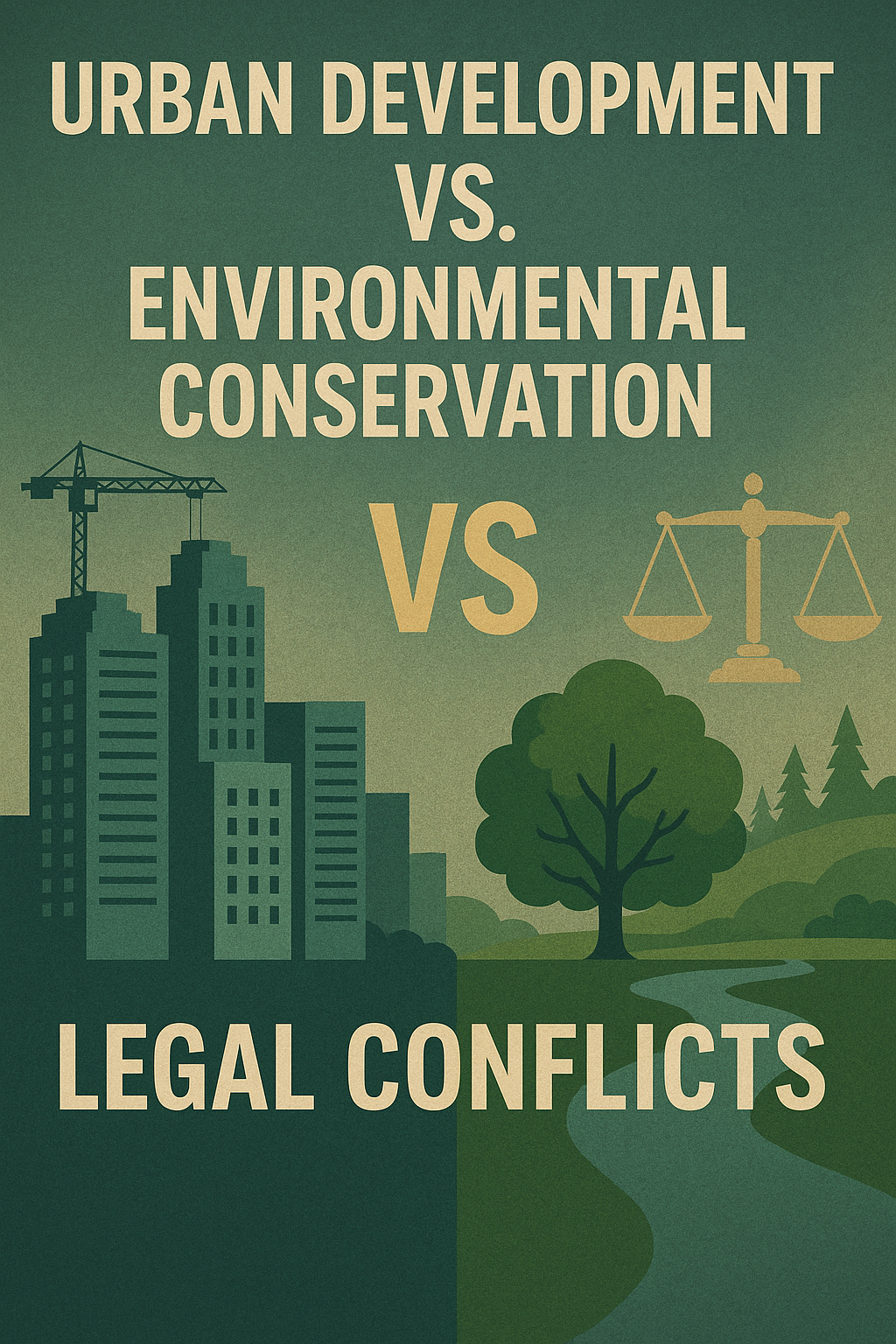

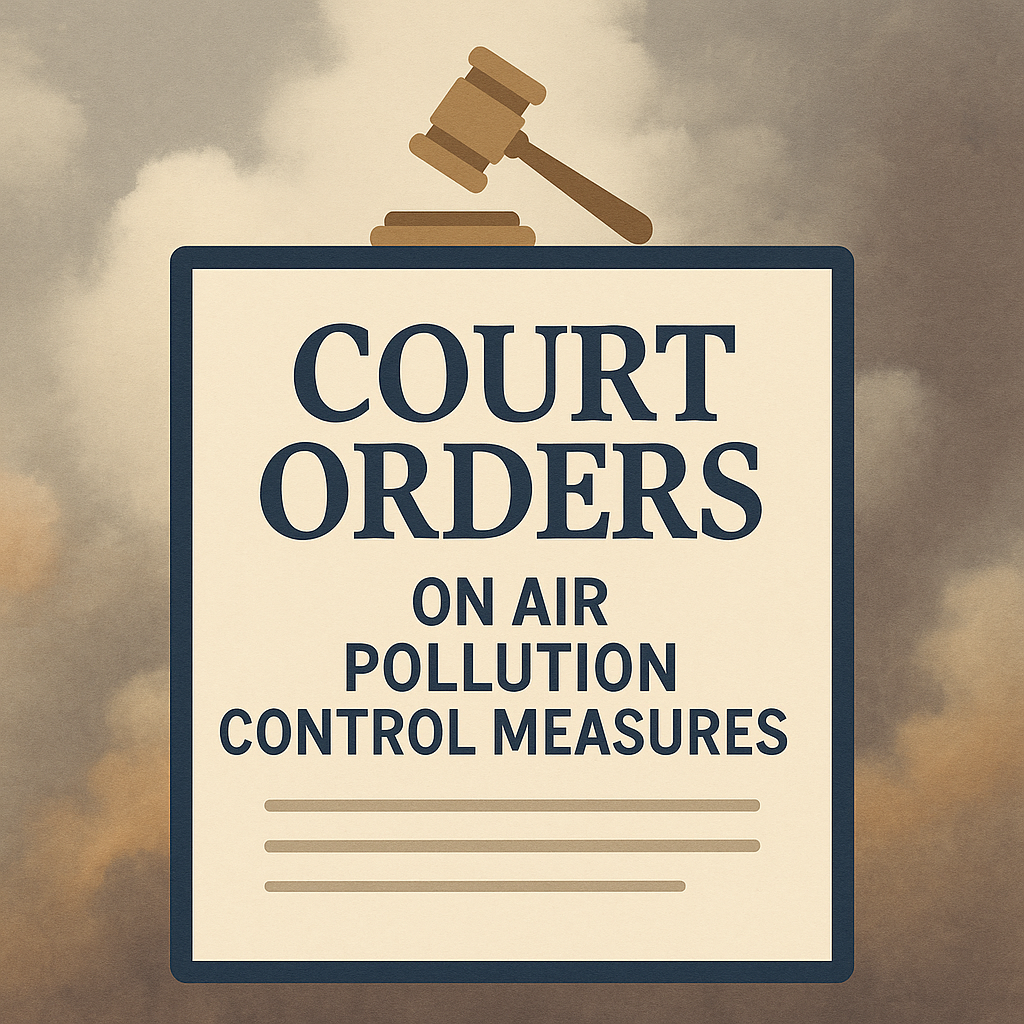






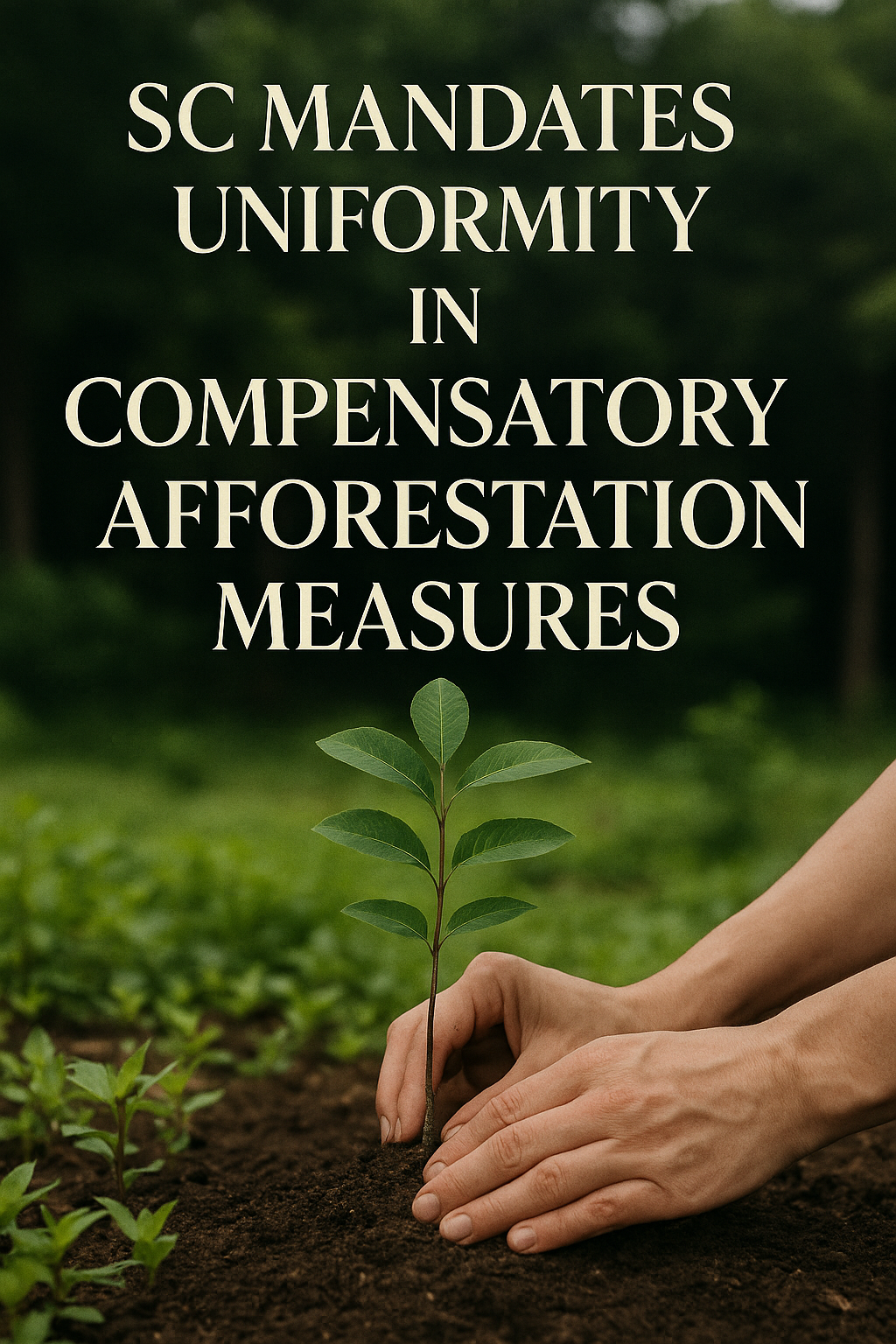
0 comments